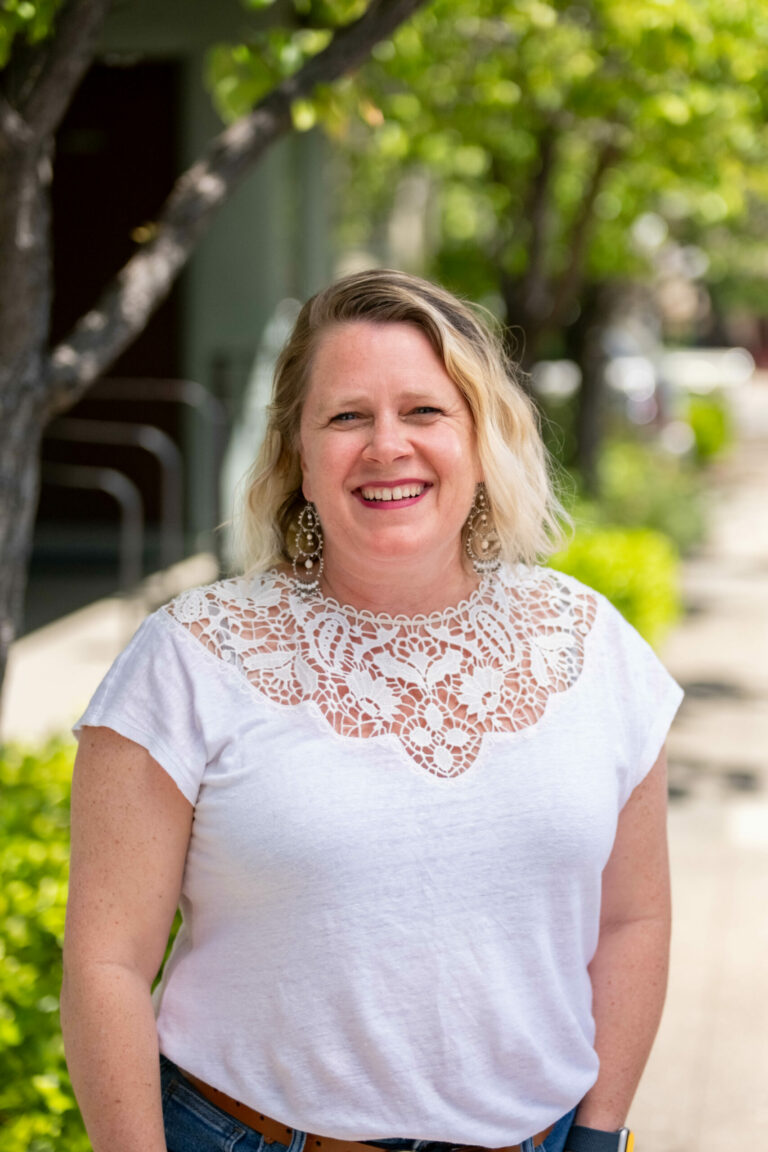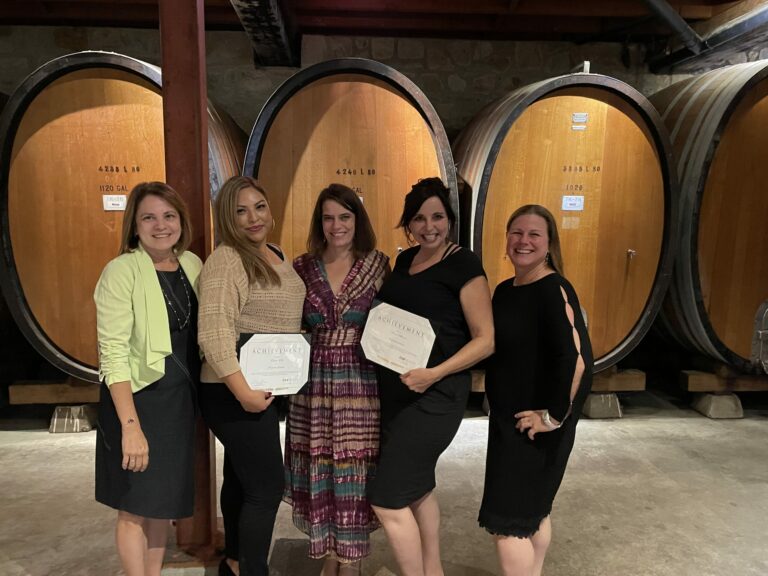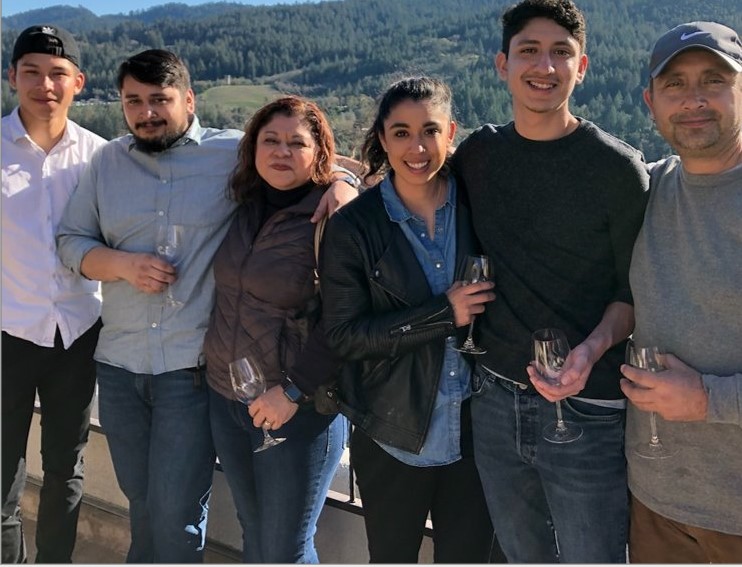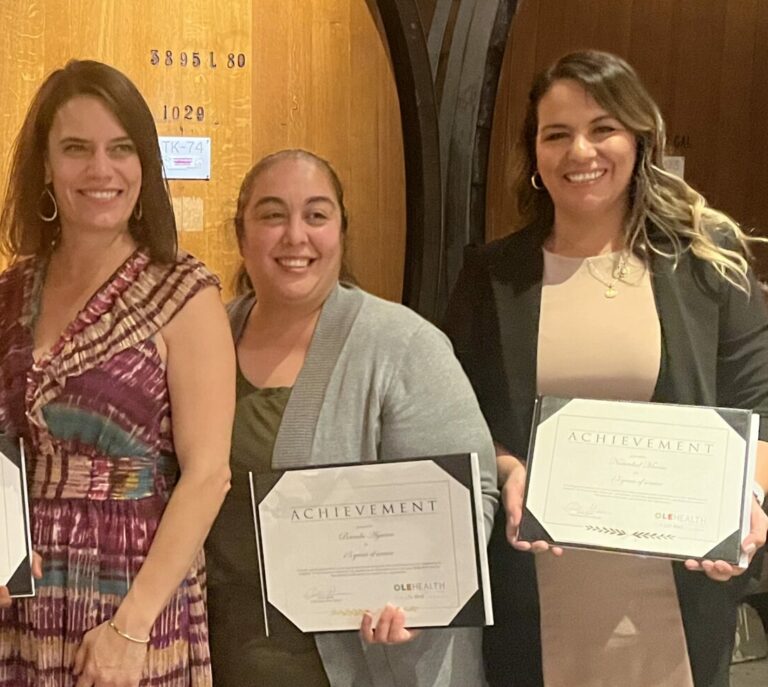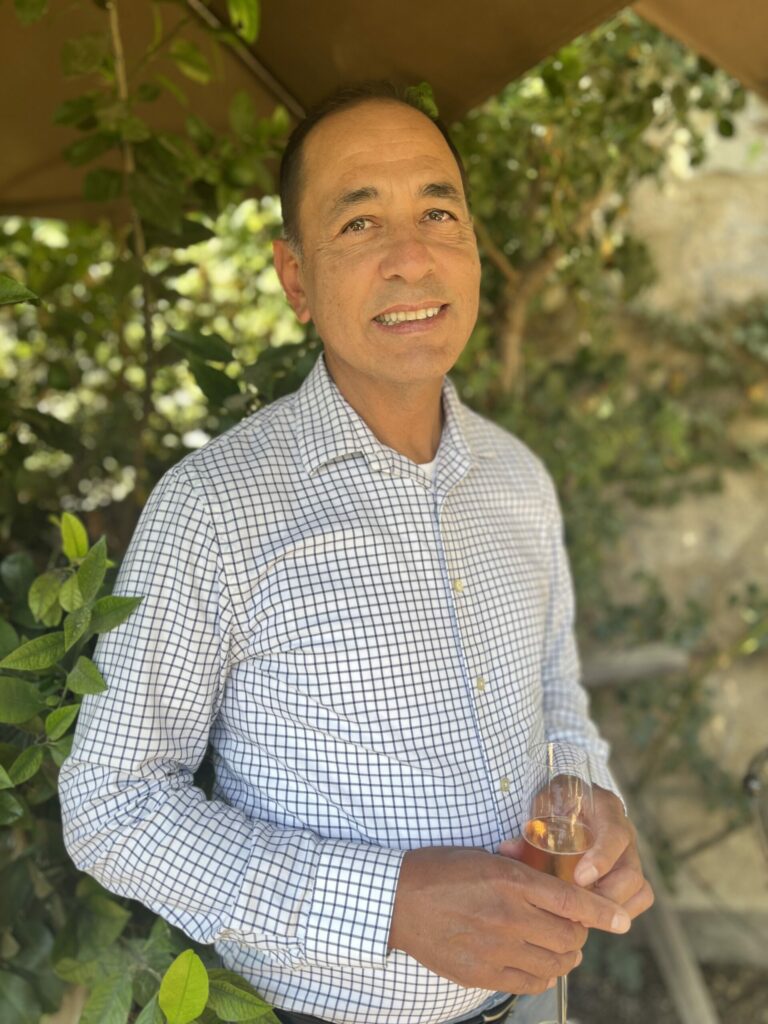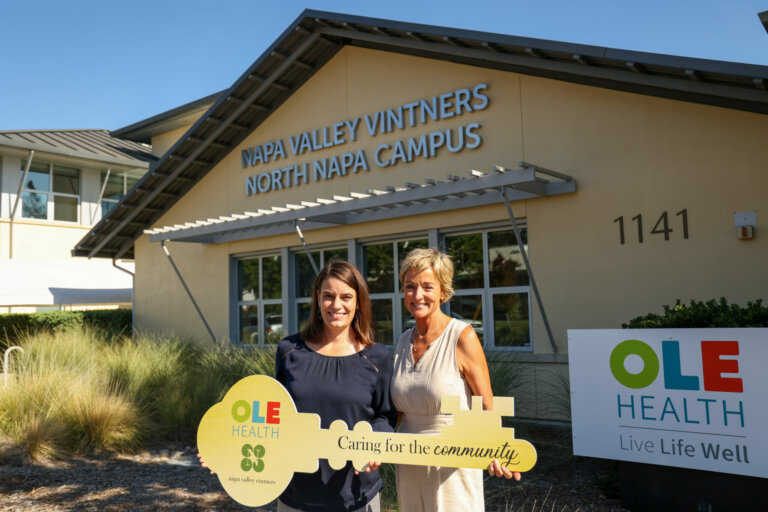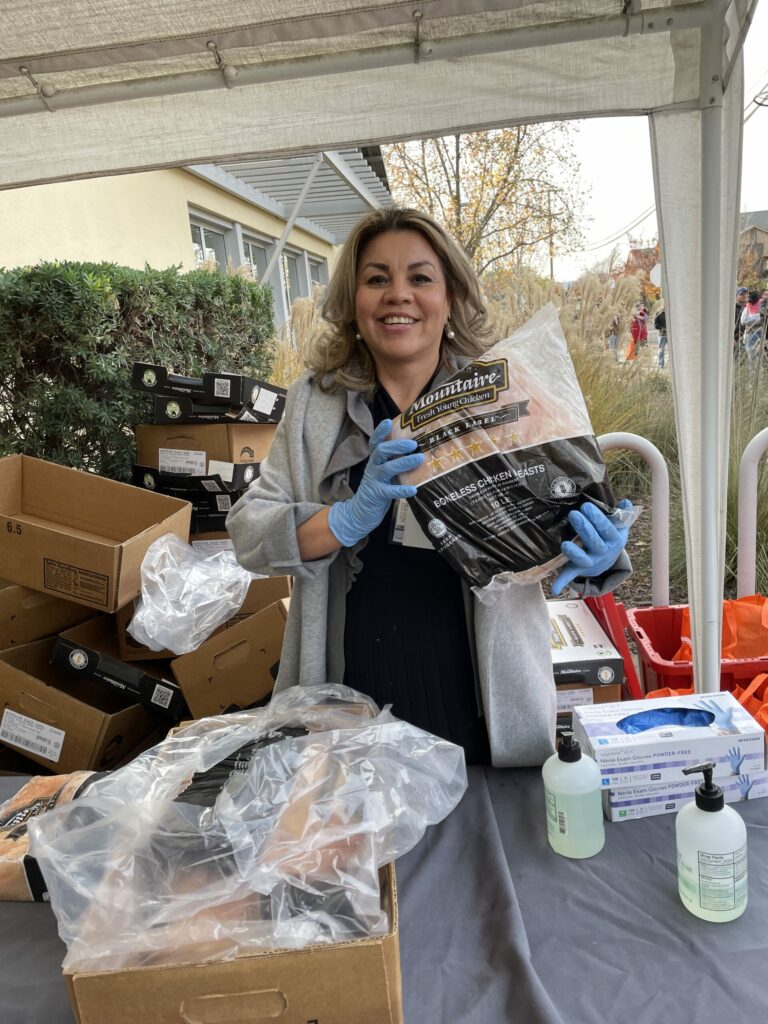Johnny Weixler joined OLE Health in 2021 as a psychiatric mental health nurse practitioner, but his career took an interesting and winding path. After graduating college with a degree in psychology and organizational leadership, Johnny held a series of odd jobs that ranged from janitorial work to running a small marketing business. His transition to a career in nursing was inspired by a volunteer experience that exposed him to the work of medical relief agencies working on the Syrian refugee crisis. During his time working as an RN, he found meaning in working with populations who needed behavioral health services, but that wasn’t the only reason he was drawn to that health care discipline. Johnny identifies as a gay man, and he understands the need for support and behavioral health services among the LGBTQIA+ community.
Can you talk a little bit about what made you decide to work in the behavioral health field?
After completing a second-degree nursing program in Philadelphia, I took a position at a city hospital and soon transferred to the emergency department where a high percentage of the patients were presenting for mental health concerns and crises. I found myself particularly engaged when working with these patients. I also took a per diem position rotating between inpatient psychiatric units and a crisis response center. I found meaning in extending dignity to those who had frequently been treated as unworthy of being taken seriously. At the same time, I found the emerging research on psychiatric neuroscience and its intersection with my previous studies in psychology incredibly compelling. I knew I wanted to learn more, to do more, to go deeper in this work. That’s when I learned about the Psychiatric Mental Health Nurse Practitioner (PMHNP) specialty.
What brought you to OLE Health?
I came to California because my husband, who serves in the Air Force, was transferred to Travis AFB shortly after I finished my PMHNP program. I stumbled across the position listing here at OLE Health and was immediately drawn to the organization’s story and purpose. I knew I wanted to be a part of a mission-driven organization that serves all populations and doesn’t turn away the uninsured or those on Medicaid. I also knew I wanted to be a part of an organization that cares for its clients and its employees, that strives for excellence in practice, and that celebrates diversity.
What has been the best part of working at OLE Health?
By far, the most rewarding thing about working at OLE Health is the people—both the patients and my colleagues. It is an incredible privilege to work with such a wonderful group of people serving such a diverse population of patients.
I am also grateful to work for an organization that celebrates diversity. I have been impressed with OLE Health’s open support of the LGBTQIA+ community, and I have heard from patients that they have felt supported throughout all their interactions across the organization. It is truly moving to be a part of an organization that welcomes all persons.
Some providers choose to keep their sexual identity private from patients. What made you decide to be “out” professionally?
My journey as an LGBTQIA+ individual helped me to develop empathy, which is what drew me to working with people on the margins. Growing up somewhere being gay was generally not accepted, I spent my adolescence and early adulthood feeling like an outsider, hiding my identity out of fear of being treated as less-than, insignificant, or unworthy of being taken seriously. When I finally let go of the shame I had carried for so many years, I discovered the profound relief of being visible, seen as I am, and unabashed. At the same time, I realized that I might have been unburdened much sooner if there had been visible LGBTQIA+ role models for me growing up – if there had been trusted adults who I knew I was safe around.
That’s the long and short of why I choose to be visibly out. In my home office, where I work remotely on Fridays, I made a little picture frame with the colors of the rainbow and diversity. It’s subtle, but it’s an intentional signal of safety for those who aren’t sure how they will be treated. I am aware, of course, that there are some individuals who may find my visibility off-putting, but I am less concerned about their discomfort than I am about creating safety for LGBTQIA+ individuals, especially those who are not out and not sure who they can talk to. Ostracization experienced by LGBTQIA+ individuals, especially young people, is a tragic risk factor for mental health disorders and suicide.
How do your patient react?
I’m grateful to say that the patients who have brought it up have almost all been positive. Several patients have directly shared that they feel more comfortable having a provider who they know is LGBTQIA+. Many patients have been expressly open in sharing their struggles with their identities and their journeys toward self-acceptance. I don’t have any kind of profound wisdom to offer, but I can at least make it clear that their sharing won’t be met with judgment.


